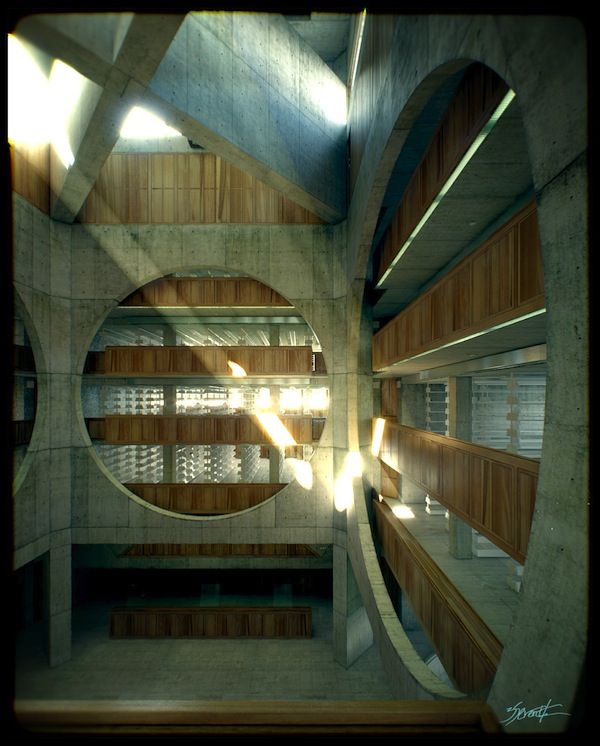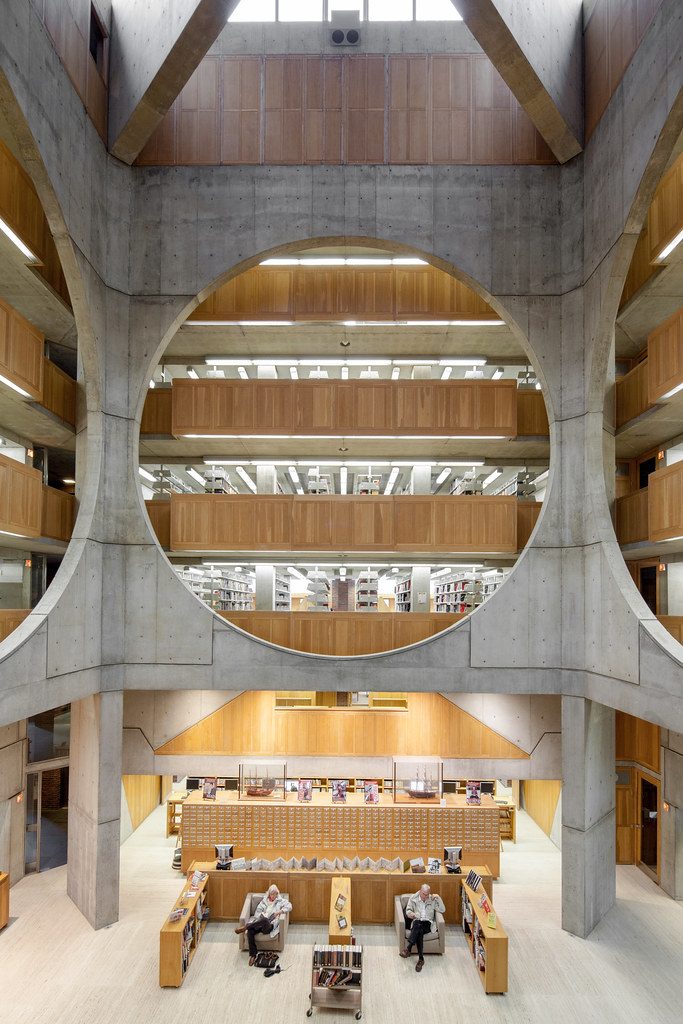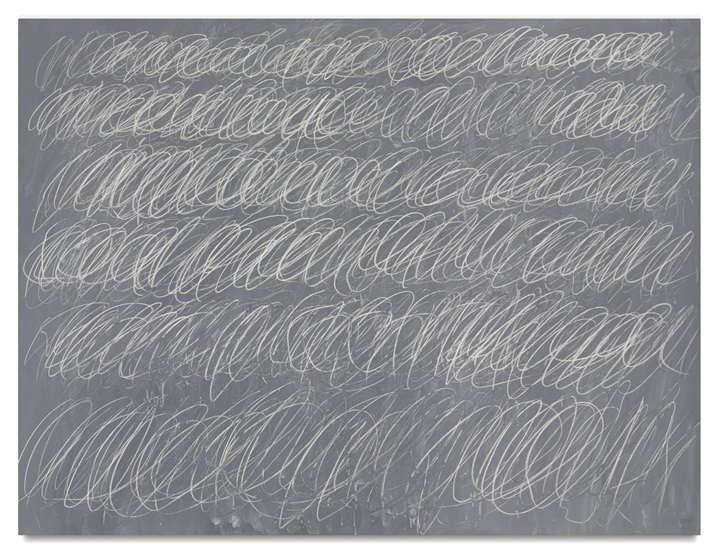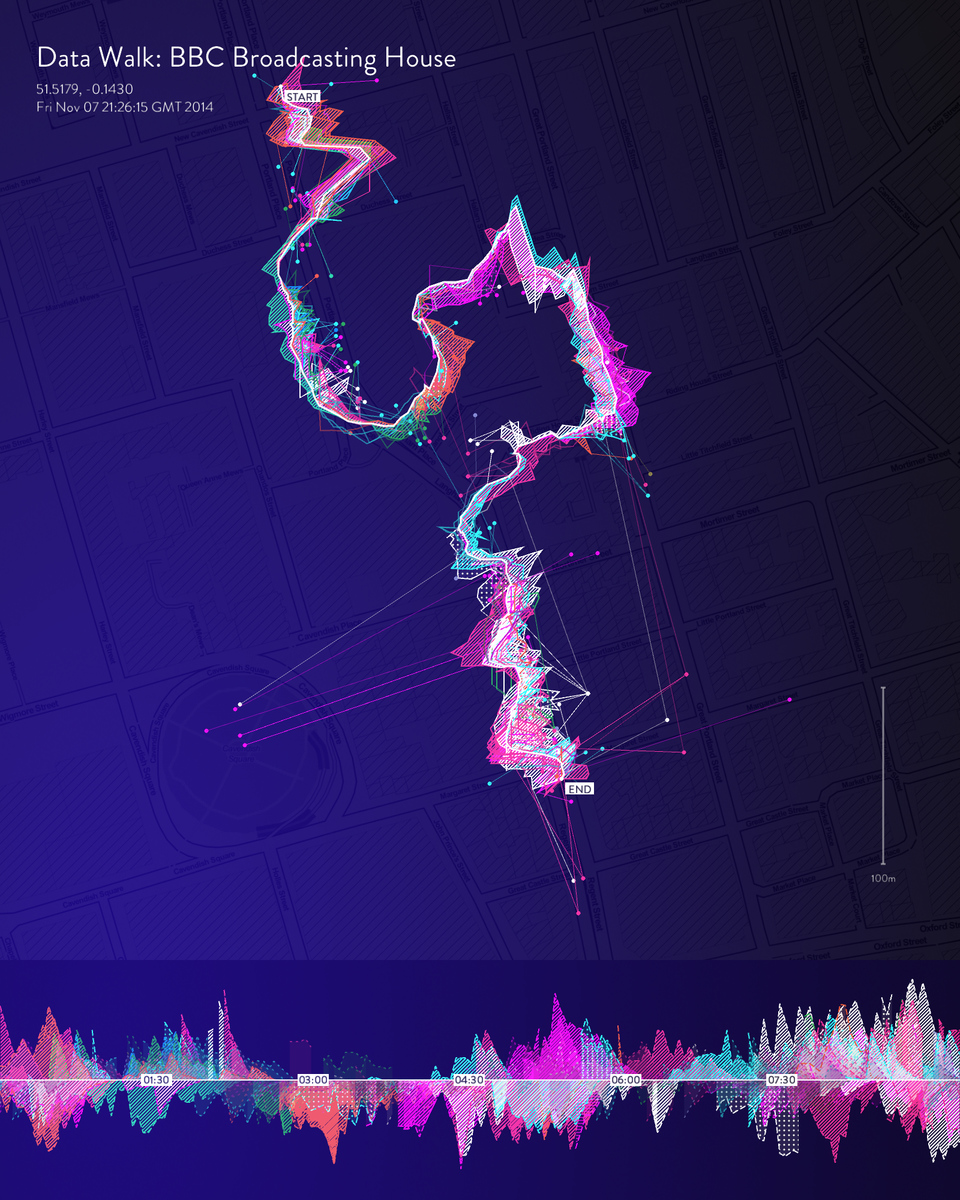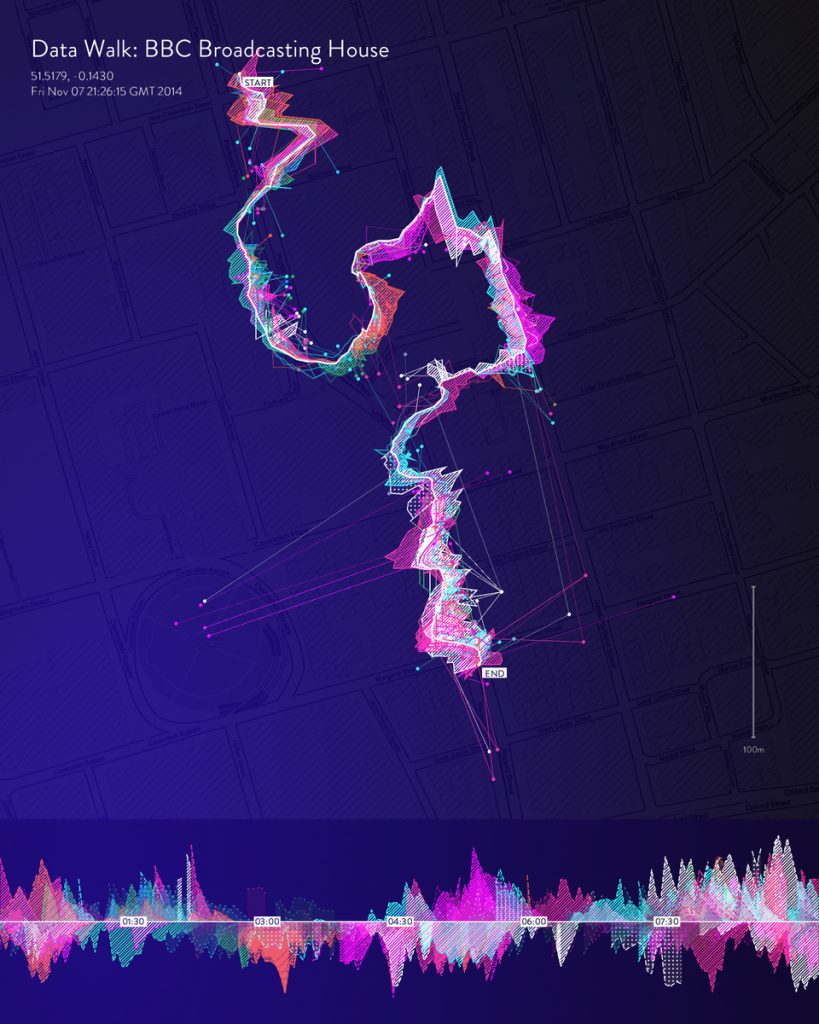

A Looking Outwards assignment that I found interesting was my classmate Taisei Manheim’s week 8 LookingOutwards post. I think this project, WDCH Dreams, that Tai has chosen is really interesting in that the data visualization was projected onto the facades of the Walt Disney Concert Hall. The displayed dataset was the 45 terabytes of data from the LA Phil data archives and through artificial intelligence algorithm, Refik Anadol utilized a computational ‘mind’ to mimic how humans dream – by processing memories to form a new combination of images and ideas.
Agreeing with Tai, this project truly shows really high levels of rigorous and endeavors as every detail of the Disney Concert Hall from old Catia models has been remodeled so that all the projection and data visualization will be smoothly and coherently mapped on the very irregular surfaces. As an architecture student, this project is really exciting to me in that it is fascinating to see a new layer of meaning and information on top of the original complex geometry. Through the use of light as an architectural median showing the memories that are associated with this concert hall, Refik Anadol has established a new sense of visual performance that has a hybrid relationship between architecture and media arts with machine intelligence.
![[OLD FALL 2019] 15-104 • Introduction to Computing for Creative Practice](../../../../wp-content/uploads/2020/08/stop-banner.png)
